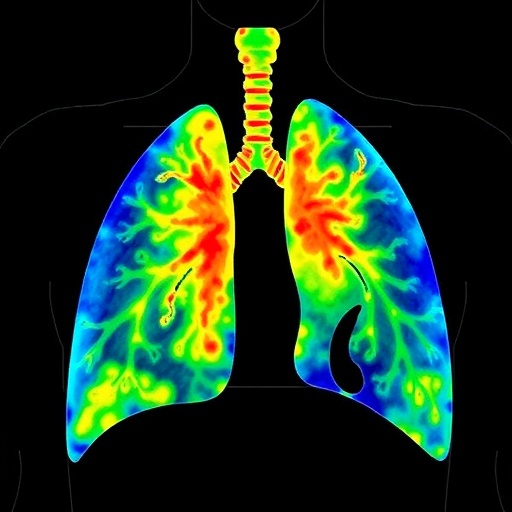SPOKANE, Wash. — Current WSU research shows stimuli-responsive nanoparticles can specifically target infections to simultaneously prevent the spread of bacteria and reduce the inflammation it causes. These microscopic particles are loaded with antibiotic and anti-inflammatory agents which are released when the particles encounter infection in the body.
Researchers in the lab of Pharmaceutical Sciences Assistant Professor Zhenjia Wang are looking for a new way to fight sepsis, a systemic inflammatory response that can cause organ failure.
"This study not only proves a new drug delivery system but also may shift the current landscape in nanomedicine to biology-driven design of nanotherapeutics. This has the potential to improve the therapies of many more infectious diseases," Wang said.
In the research study, published in the latest issue of the journal Advanced Materials, WSU scientists at the College of Pharmacy and Pharmaceutical Sciences built a new nanoparticle and coated it with the molecules that blood vessels have been found to release in response to infections. This dressing makes the nanoparticle sensitive to the signature acidity of infection sites, and upon arrival at the site of an infection the bacterial enzymes present act as a trigger for the drugs to be released.
Antibiotics and anti-inflammatories are already used to mitigate the onset of sepsis, but there are issues with the old school use of these therapies. They are metabolized quickly, so their effects don't last long and a portion of the drug is eliminated from the body without ever encountering the infected tissue it was intended for. They have what is called poor bioavailability, so the rate at which these drugs are absorbed into infected tissues from the injection site is slow. Also they are toxic, so repeated dosing causes its own damage to organs.
"This study will allow chemists and materials engineers to design new drug formulations to treat many bacterial infections, such as TB infection," said Can Yang Zhang, who is the leading author on the paper and a postdoctoral research associate in the Wang lab.
The use of nanoparticle technology in medical practice is growing, but this is the first time a nanocarrier has been built to deliver not one, but two drugs, and delivers these drugs in a manner that waits to deploy until it encounters infectious tissues. This triple punch, for the most part, ducks the issues with blanket administration of antibiotics and anti-inflammatories mentioned previously because it keeps the drugs from being released before they encounter an infection. Additionally the nanocarrier specifically targets infection sites, so less medicine is need and there is limited collateral damage to otherwise healthy tissues.
###
Media Contact
Zhenjia Wang
[email protected]
509-368-6679
@WSUNews
http://dx.doi.org/10.1002/adma.201803618




